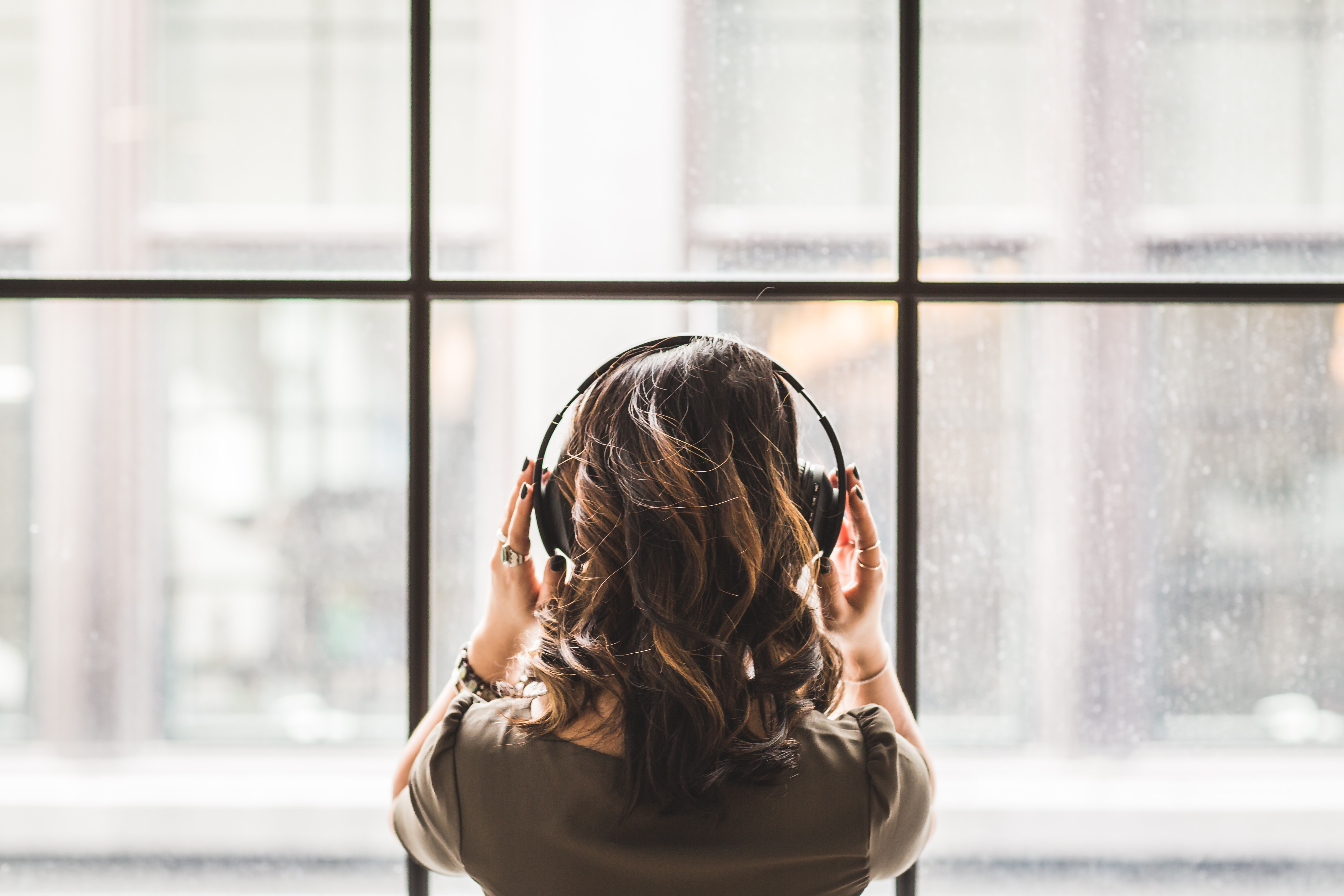Studies show that music can make us work better, smarter and faster. But not all music is created equal.
What does your workplace sound like? Perhaps, there’s the loud breathing across the room or the clacking of keyboards. Laughter from marketing. Or the heavy sighs of accountants.
Music may be the one sound that makes everything better. New research shows music improves brain health and function. It makes people smarter, happier, more creative and more productive. It can also decrease the stress hormone cortisol and increase the neurotransmitter dopamine.
Among other things, studies reveal how background music can enhance performance on cognitive tasks, improve accuracy, and boost efficiency and completion of repetitive tasks.
With that research in hand, more companies are considering how music in the workplace can influence productivity, mood and energy. For instance, Headspace, the meditation app maker, has hired weekly DJs to play music in the common space of its Santa Monica headquarters, giving rotating control over the playlist to certain departments or individual music-lovers. And Los Angeles-based tech company Honey also carefully considers the seasonal music it plays in the entry of its offices (as well as the aromas and textures of the space).
Another company, Soundtrack Your Brand, offers subscriptions to themed streaming music that matches a company’s brand personality with certain soundtracks, selecting tunes that evoke certain emotions, moods or energy levels.
Designing for the Ears
Music is often top of mind for interior designer Alejandra Albarrán when creating the feel of client offices. Albarrán, who is also ROOM’s Director of Design & Innovation, often researches how music affects mood and has come up with sound designs for individual companies.
In the case of one client, Albarrán divided the office into two areas: social, areas for group conversations and collaboration that tend to revolve around open designs; and focus, or those environments for head-down concentration on tough tasks, for a bit of quiet or elements of privacy. In addition to researching lighting, smell, color and space, she created a sound plan for this client. She hired a DJ to create specific playlists based on the mode of work in each particular area. In the social areas that would be ideal for collaboration and project-based work, she wanted to nurture a vibrant coffee shop like environment.
She says she wanted the space to be casual, comfortable and inviting. She wanted the area to naturally incentivize and nurture creativity, in addition to welcoming collaboration and building community. The right kind of music added to the buzz. Says Albarrán: “It was what I called acoustically hot.”
Albarrán and the DJ developed a workweek soundtrack for this area, where, after lunch — a time notorious for declines in energy — energizing music played. In addition to the time of day, Albarrán considered the day of the week and the type of activity happening in the office. All of these factors worked to influence music’s role in crafting a better workplace.
The same planning went into the sound for her client’s focus area. It was important to include some sound, Albarrán says, because in spaces with a complete silence, the slightest noise can be distracting. The music in the space, near the nap and meditation rooms, is more environmental and instrumental, and it incorporates nature sounds. Inside, you’ll hear quiet calming music and smell incense or candles — scent, too, can have an equally complex and powerful impact on people’s mindset.
Choice of Music Matters
But selecting music is tricky.
Research shows that when we listen to unfamiliar music, we’re more likely to lose focus as we adjust to the new sound. Music can stimulate creativity, improve concentration and make us happy, but the wrong kind of sound could induce stress and even make us sick. One study even found that some kinds of music can precipitate the loss of emotional control.
What to do for a workplace? One clear message from the research: choice matters. Office workers who were empowered to select their own music completed tasks quicker and came up with better ideas than those who didn’t get that choice, according to research.
While everybody responds differently to music, studies show that certain styles of music generally provoke consistent effects upon listeners.
Researchers in the UK and Finland, for example, found that listening to sad and gloomy music is pleasing to people and actually improves their mood. (The same surprising paradox is true when people see tragic art in music or paintings of films. They feel a strange satisfaction.)
Yet, listening to fun, upbeat music can also have a positive effect on creativity and teamwork abilities, according to creativity tests conducted by Netherlands researchers.
What about no music at all? A room with no music can appeal to some, but it can be torture to others. There’s nothing like hearing a colleague crunch potato chips a couple desks down or the loud one-sided phone conversation ten feet away.
More companies use soundproof office phone booths that dampen noise and provide an easy solution for private conversations and phone calls. Meanwhile, Santa Cruz-based acoustic company Plantronics pushes a new concept called soundscaping, incorporating gentle nature sounds to mute distractions. Researchers at Plantronics found that visual connections to the sounds — say, a waterfall inside the office — are important. Otherwise, people could be confused when they hear water running without a visual clue.
Expect to see sound play a bigger role in workplace design as companies look to motivate teams and drive positive moods and behaviors.
“Sound is such a powerful tool,” says Albarrán. “For generations it was fairly neglected in offices: sound just happened. But we now understand so much more about how it influences things like mood, productivity and collaboration. And we finally are inviting it, in strategic ways, into the office.”
